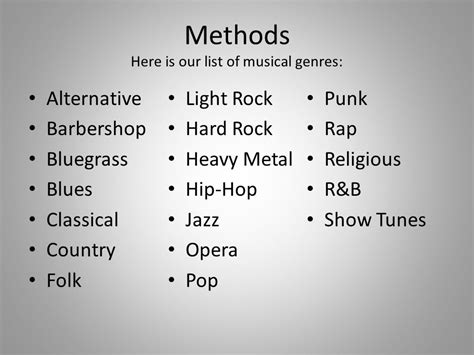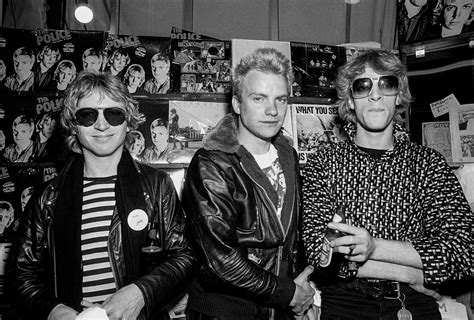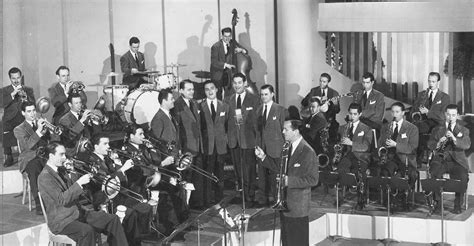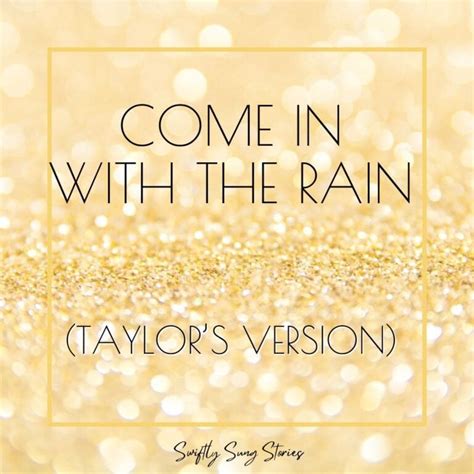The Big Band music genre, which originated in the 1920s and flourished until the 1940s, was a unique and exciting sound that captivated audiences around the world. Characterized by its large ensembles, typically consisting of 17 to 20 musicians, Big Bands were known for their energetic and elaborate performances, which often featured a combination of soloists, section playing, and vocalists.
One of the key elements that defined the Big Band sound was the use of a strong rhythmic section, which typically included a drummer, bassist, pianist, and guitarist. This section provided the foundation for the band’s sound, laying down a solid groove that allowed the other musicians to improvise and solo over top. The rhythmic section was often accompanied by a brass section, which included trumpets, trombones, and saxophones, and a reed section, which included clarinets and other woodwind instruments.
Big Bands were also known for their charismatic leaders, who were often virtuosic musicians in their own right. These leaders, such as Duke Ellington, Count Basie, and Benny Goodman, were responsible for arranging and composing music for their bands, as well as directing the overall sound and style of the group. Many of these leaders were also skilled showmen, who knew how to work a crowd and create an exciting and memorable performance.
In addition to their musical talents, Big Bands were also known for their flashy and elaborate stage shows, which often featured intricate choreography, colorful costumes, and even dance routines. These shows were designed to entertain and dazzle the audience, and were often accompanied by flashy lighting and special effects.
Despite their popularity, the Big Band era began to decline in the late 1940s, as a combination of factors, including the rise of smaller jazz combos, the increasing popularity of rock and roll, and the economic constraints of the post-war period, made it more difficult for large ensembles to survive. However, the legacy of the Big Bands continues to be felt today, with many modern musicians drawing inspiration from the music and style of this exciting and influential era.
Historical Evolution of Big Band Music

The Big Band genre has a rich and fascinating history, spanning several decades and incorporating a wide range of musical influences. To understand the evolution of Big Band music, it’s helpful to look at the key events and figures that shaped the genre over time.
- Early Years (1920s-1930s): The Big Band era began in the 1920s, with the formation of large ensembles such as the Paul Whiteman Concert Band and the Fletcher Henderson Orchestra. These early bands were known for their eclectic mix of jazz, classical, and popular music, and paved the way for the development of the Big Band sound.
- Swing Era (1930s-1940s): The 1930s and 1940s are often referred to as the “Swing Era,” due to the popularity of Big Bands such as Benny Goodman, Artie Shaw, and Count Basie. These bands were known for their energetic and danceable music, which captivated audiences around the world.
- Bebop and Beyond (1940s-1950s): As the Big Band era began to decline, a new generation of musicians emerged, who were influenced by the harmonic and melodic complexities of bebop. This led to the development of new sub-genres, such as cool jazz and hard bop, which continued to evolve and influence the course of jazz and popular music.
Key Elements of Big Band Music
- Large Ensemble: Big Bands typically featured 17 to 20 musicians, including a strong rhythmic section, brass section, and reed section.
- Strong Rhythmic Section: The rhythmic section, which included a drummer, bassist, pianist, and guitarist, provided the foundation for the band's sound.
- Section Playing: Big Bands were known for their section playing, which featured multiple musicians playing the same part in unison.
- Soloists and Vocalists: Big Bands often featured soloists and vocalists, who added variety and interest to the music.
- Elaborate Stage Shows: Big Bands were known for their flashy and elaborate stage shows, which often featured intricate choreography, colorful costumes, and even dance routines.
In conclusion, the Big Band music genre was a unique and exciting sound that captivated audiences around the world. With its large ensembles, energetic performances, and charismatic leaders, Big Band music continues to be celebrated and enjoyed today. Whether you’re a jazz aficionado or just discovering the music of this incredible era, there’s no denying the impact and influence of the Big Bands on the course of popular music.
Future Trends and Legacy

As we look to the future, it’s clear that the legacy of the Big Bands will continue to be felt. Many modern musicians are drawing inspiration from the music and style of this era, and incorporating elements of Big Band music into their own sound.
Pros and Cons of Modern Big Band Music
Pros:
- Increased Creativity: The influence of Big Band music can be seen in the increased creativity and experimentation of modern musicians.
- Improved Technical Skills: The technical demands of Big Band music have driven musicians to develop their skills and push the boundaries of what is possible.
- Broader Appeal: The incorporation of Big Band elements into modern music has helped to broaden its appeal and attract new audiences.
Cons:
- Lack of Authenticity: Some critics argue that modern Big Band music lacks the authenticity and originality of the music from the 1920s to 1940s.
- Over-Reliance on Technology: The increased use of technology in modern music production has led some to argue that the sound is less genuine and more polished than the music of the past.
- Homogenization of Sound: The incorporation of Big Band elements into modern music has also led to a homogenization of sound, with many bands sounding similar and lacking a unique identity.
Overall, the future of Big Band music looks bright, with many musicians continuing to draw inspiration from this incredible era. Whether you’re a fan of traditional Big Band music or prefer the modern interpretations, there’s no denying the impact and influence of this genre on the course of popular music.
What is the typical instrumentation of a Big Band?
+A typical Big Band includes a strong rhythmic section (drums, bass, piano, guitar), a brass section (trumpets, trombones), and a reed section (saxophones, clarinets).
Who are some famous Big Band leaders?
+Some famous Big Band leaders include Duke Ellington, Count Basie, Benny Goodman, and Artie Shaw.
What is the difference between a Big Band and a jazz combo?
+A Big Band is a large ensemble, typically featuring 17 to 20 musicians, while a jazz combo is a smaller group, usually consisting of 3 to 6 musicians.


